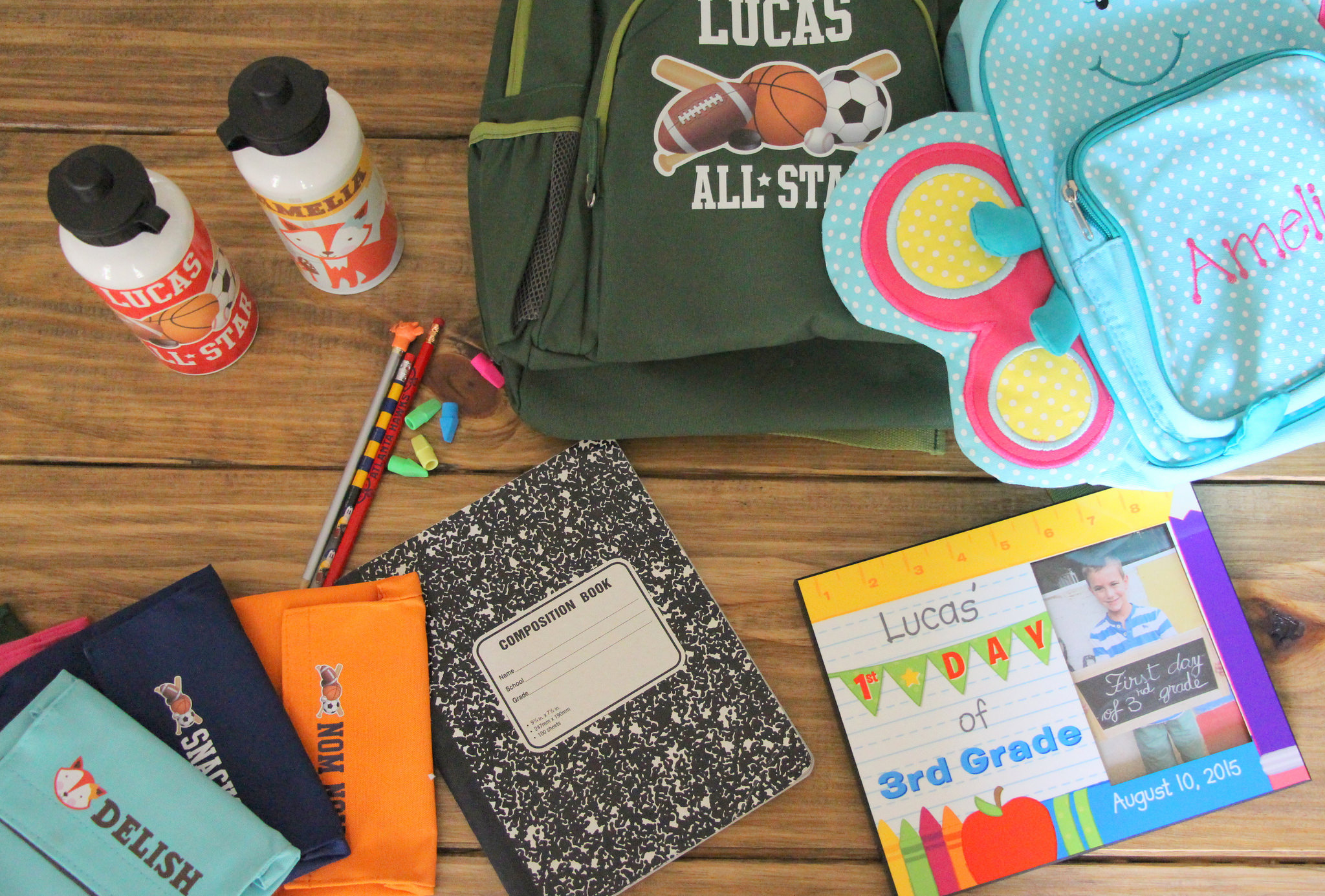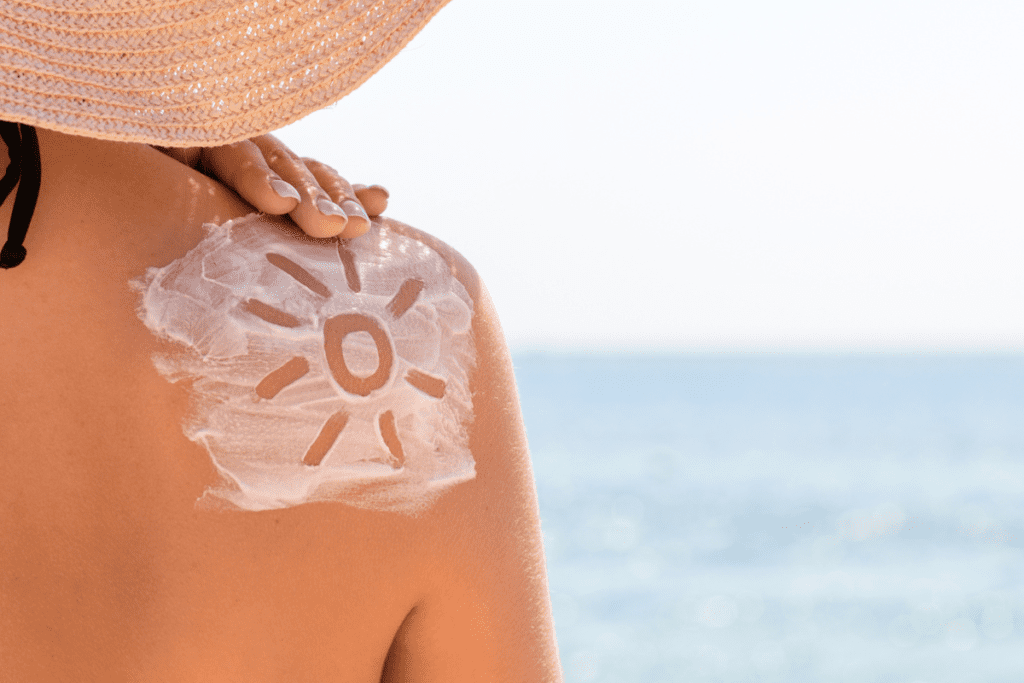

As the summer fun comes to an end, families and students across Canada rush to finish their back-to-school shopping. Toxic chemicals lurk in many school-related supplies and products that are on the shopping list for many. From markers to desk chairs, these products can be a significant source of exposure to chemicals associated with an increased risk of cancer, hormone disruption and neurotoxicity. Younger children and teens whose bodies continue to develop and grow are especially vulnerable to the health impacts associated with toxic chemical exposure.
To help Canadians make safer shopping choices, Environmental Defence created the Toxic Ten Pocket Guide. This guide is a handy wallet-sized card that lists ten toxic chemicals commonly found in household and personal care products and provides tips on how to avoid them (if you haven’t downloaded it make sure you download it here).
This pocket guide can be a useful tool for your back-to-school shopping. Here is what you need to know about some of common back-to-school products that may contain toxics:
Reusable Plastic Water Bottles and lunchboxes
Packing your own water, lunch and snacks to school is a good idea: it can save you money, reduce waste, and help keep your kid healthy. But making sure your bottle and lunch box have no toxic chemicals can go a long way in protecting your child and the environment. Plastic bottles and containers commonly contain BPA or one of its sister chemicals BPF or BPS.
BPA, which stands for bisphenol-A, is added to plastics to make them tough and clear. Exposure to BPA is linked to cancer, infertility, diabetes, obesity and behavioural problems in children. In 2010, the government of Canada declared BPA toxic and banned it from baby bottles. But apart from plastic bottles and food containers, the harmful chemical it continues to be widely used in the lining of the majority of food cans and in cash register receipts. While it may seem that companies stopped using harmful BPA in reusable water bottles, the reality is more disappointing. Many companies simply replaced BPA with BPS or BPF, which are very similar in chemical structure and hormonal activity and are potentially very harmful to our health.
Tips:
- If you are replacing your old or lost containers, buy glass or stainless steel, free of BPA, BPF or BPS.
- If you use plastic containers, do not use in the microwave, and preferably avoid putting them in the dishwasher (high temperatures can cause the BPA to leach).
- Check out our BPA & Food Pocket Guide for more helpful recommendations on reducing your BPA exposure.
Stationery and school supplies
School supplies like scented markers and glues may contain nasty chemicals that can be bad for your and children’s health. They can contain phthalates, which are a common ingredient in fragrance and are linked to hormone disruption, reproductive health problems and obesity. Even unscented markers can be harmful as they contain petrochemicals that can be neurotoxic. That pungent whiff of chemicals that is released when you uncap a dry-erase marker or permanent marker can cause headaches, dizziness and throat irritation, especially when exposed to for a long time period.
Tips:
- Choose water-based markers. “Toxic-free” labels don’t always mean free of harmful chemicals.
- Instead of the typical liquid highlighters, choose pencil highlighters instead.
Furniture
Desk chairs, mattresses and other upholstered furniture can contain toxic flame retardants that have been linked to hormone disruption and lowering children’s intelligence. Flame retardants are arguably used to delay the onset of fire, but studies show their benefits are negligible. Some of the most commonly used flame retardants such as polybrominated diphenyl ethers (like DecaBDE and TetraBDE) and organophosphate types (like TDCPP) are also persistent in the environment and can accumulate in wildlife like fish and seals, threatening their survival.
Unlike the United States, Canada does not have regulations to require companies to list flame retardants on the labels of furniture, but Environmental Defence continues to work hard to improve labelling regulations. In the meantime, here are some tips to help you avoid flame retardants.
Tips:
- Read the labels attached to furniture items (and nail polish) to see if flame retardants are used in the foam or fabric. If there is no useful info, ask the retailer or the manufacturer.
- Research before you buy! Some companies have phased out toxic flame retardants.
- Purchase furniture made of naturally flame resistant materials such as wood, metal, cotton and wool.
For more information and tips about toxics in consumer products, download our Toxic Ten Pocket Guide. You can also sign up for our toxics newsletter to receive updates and action alerts to help get rid of toxic chemicals in Canada.






